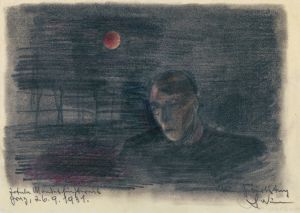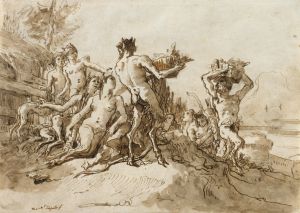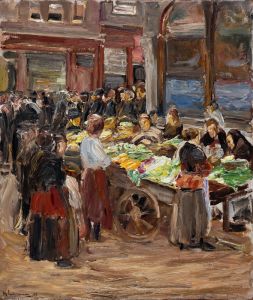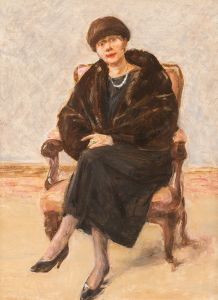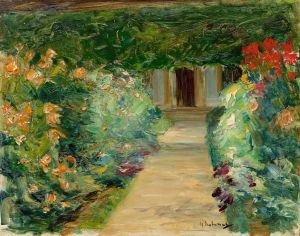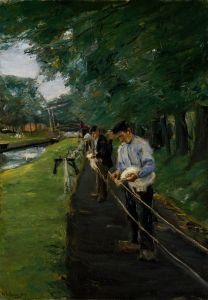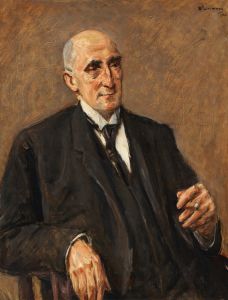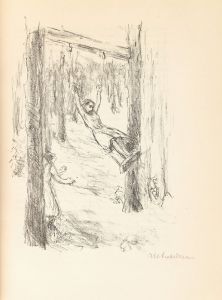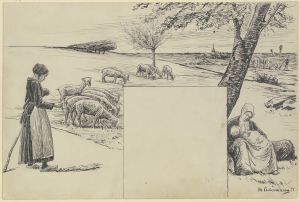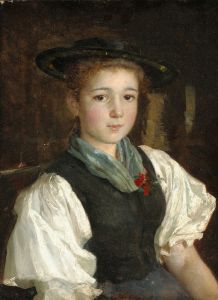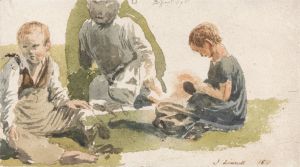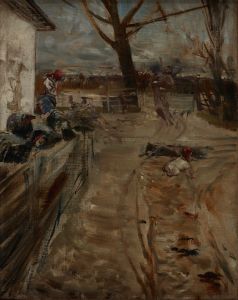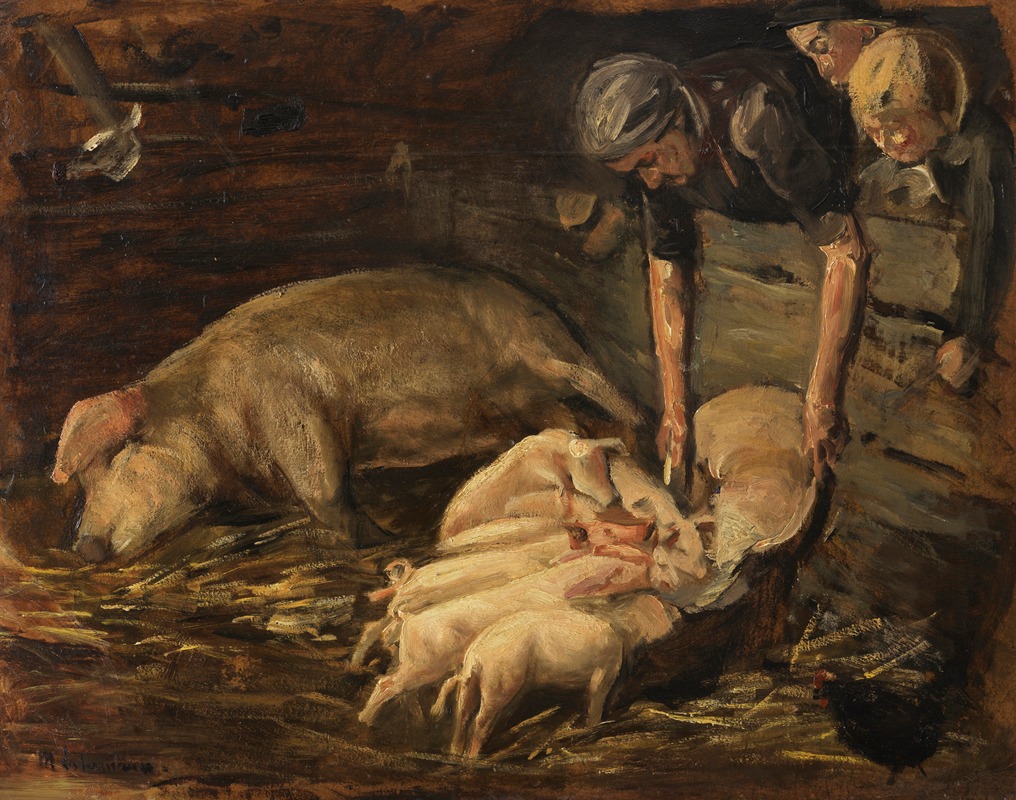
Schweinekoben, Wochenstube
A hand-painted replica of Max Liebermann’s masterpiece Schweinekoben, Wochenstube, meticulously crafted by professional artists to capture the true essence of the original. Each piece is created with museum-quality canvas and rare mineral pigments, carefully painted by experienced artists with delicate brushstrokes and rich, layered colors to perfectly recreate the texture of the original artwork. Unlike machine-printed reproductions, this hand-painted version brings the painting to life, infused with the artist’s emotions and skill in every stroke. Whether for personal collection or home decoration, it instantly elevates the artistic atmosphere of any space.
Max Liebermann was a prominent German painter and printmaker, associated with the Impressionist movement. He was one of the leading figures in the Berlin Secession, an art movement that sought to break away from the traditional academic art styles of the time. Liebermann's work often focused on scenes of everyday life, capturing the simplicity and beauty of ordinary moments with a keen eye for detail and a masterful use of light and shadow.
"Schweinekoben, Wochenstube" is one of Liebermann's paintings that exemplifies his interest in depicting rural and domestic scenes. The title translates to "Pigsty, Farrowing House" in English, indicating the subject matter of the painting. This work is part of Liebermann's exploration of agrarian themes, which he frequently revisited throughout his career. His paintings often reflect a deep appreciation for the rural landscape and the lives of those who inhabit it.
In "Schweinekoben, Wochenstube," Liebermann captures a moment within a pigsty, focusing on the natural interaction between the animals and their environment. The painting is characterized by its realistic portrayal of the pigs and the setting, demonstrating Liebermann's skill in rendering textures and forms. The use of light in the painting is particularly notable, as it highlights the physicality of the pigs and the rustic nature of the pigsty. Liebermann's brushwork is loose yet precise, a hallmark of his Impressionist style, which allows the viewer to feel the atmosphere of the scene.
Liebermann's choice of subject matter in this painting reflects his broader interest in the themes of work and daily life. By choosing to depict a pigsty, he elevates a mundane and often overlooked aspect of rural life to the level of fine art. This approach is consistent with the Impressionist movement's focus on capturing contemporary life and finding beauty in the everyday.
Throughout his career, Liebermann faced both acclaim and criticism. As a Jewish artist in Germany, he encountered significant challenges, particularly during the rise of the Nazi regime, which condemned his work as "degenerate art." Despite these obstacles, Liebermann remained a significant figure in the art world, and his works continue to be celebrated for their contribution to modern art.
"Schweinekoben, Wochenstube" is a testament to Liebermann's ability to find beauty and meaning in simple, everyday scenes. The painting not only showcases his technical skill but also his deep empathy for his subjects, whether human or animal. Through this work, Liebermann invites viewers to appreciate the quiet dignity of rural life and the interconnectedness of all living things.
Today, Max Liebermann's paintings, including "Schweinekoben, Wochenstube," are held in high regard and can be found in various art museums and collections around the world. His legacy as a pioneer of modern art and a chronicler of everyday life continues to influence artists and captivate audiences.





